Native World View
7th Generation
The World Views of many Native American Tribal Nations are that the Earth is our Mother. She does not belong to us; rather we belong to her. We must honor her and all with whom we share the Earth: Four Leggeds, Winged Ones, Swimmers, Crawlers, Plant and Rock People. A Lakota proverb tells us, “With all things and in all things, we are Relatives.” These concepts form the basis for the way Turkey Creek Preserve is to be managed, both now and in the future.
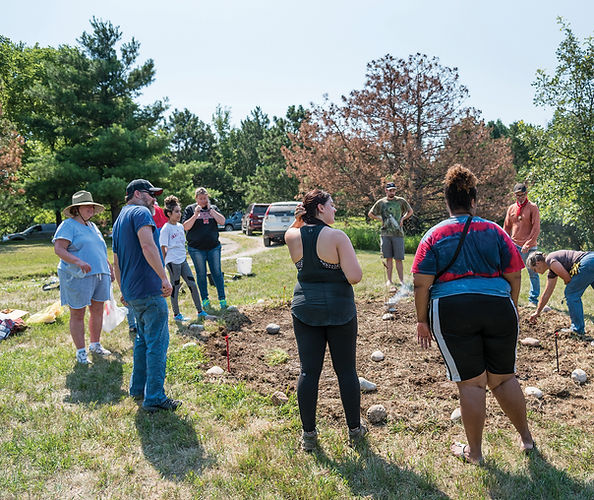
Indigenous Garden
An Indigenous Garden elevates the land to a higher purpose by using native plants suited to the climate and soil. This special type of garden promotes biodiversity and stewardship of our natural heritage. A few years ago, Turkey Creek Preserve planted its first Indigenous Garden.
The breeze was cool, the sun warm against the skin as several students and their teacher stood in a circle around a plot of land soon to be a garden. Carolyn Fiscus, referred to affectionately as Big Momma by her students, began their work with a prayer. She created a sacred space in the Winnebago tradition, lifting the veil between our physical and the spiritual worlds. The Medicine Wheel, at the heart of this blessing, incorporates the four directions. It represents the circle of life, with everything interconnected, no beginning nor end.
The Sacred Directions
The planting of the garden began with a prayer ceremony. Beliefs for the Sacred Directions vary from nation to nation. According to Lakota tradition, each direction possesses unique characteristics. Big Momma prayed for blessings on the sacred space.
The West signifies Autumn, denoted by the color black. The messenger of the West is Wakiyan Oyate, the Thunderbird. It represents the end of the summer growing cycle. We pray that we may respect others.
The North symbolizes winter and is represented by the color red. The North’s messenger is Tatanka Oyate, the buffalo. Praying to the North promotes good health and growth. We ask for patience with the seasons.
The East represents Spring, the season of new beginnings, identified by the color yellow. The messenger of the East is Wambli Gleska, the brown eagle. Praying to the East encourages wisdom. We ask for wise judgment.
The South signifies Summer, a time of great abundance. The color white epitomizes Summer. It stands for peace, joy, fertility, and growth. Hin han ska, the white owl represents the South. We pray for nourishment.
These four directions are represented in the Medicine Wheel, a sacred symbol used by the Lakota Sioux and other Plains Nations to explain the universe.
The Great Spirit is often symbolized as a feather in the middle of the Circle.
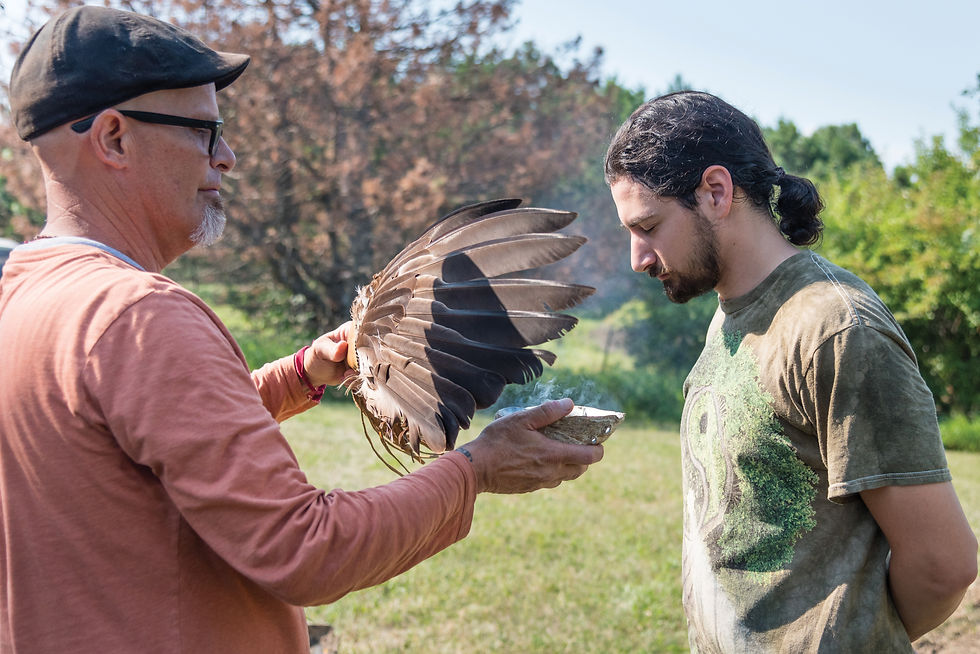
Smudging Ceremony
After the Opening Blessing, a smudging ceremony took place. For centuries, Native Americans and other Indigenous Peoples have used smudging to purify the people and space involved in ritual.
From burning White Sage (Salvia) or sometimes Sweetgrass or Cedar, the sacred smoke is gently fanned onto each participant and into the environment to rid the person and space of negative spirits.
Story of the Three Sisters
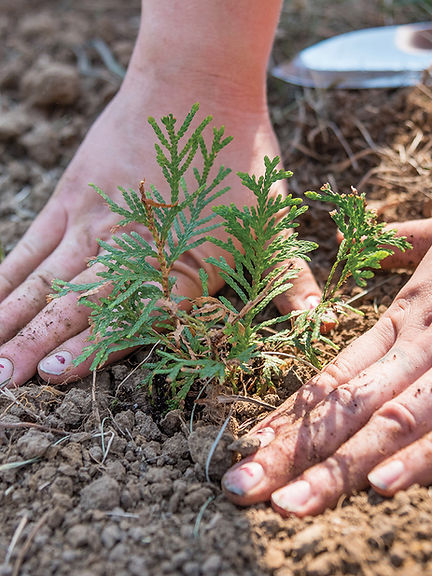
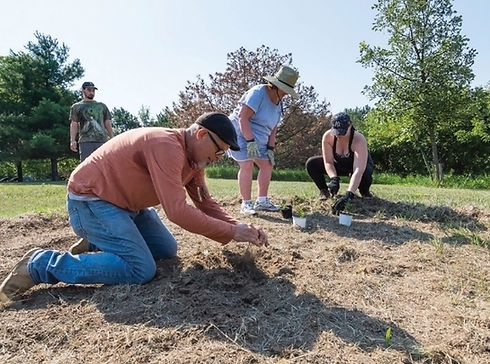
When Native Americans speak of the “Three Sisters,” they refer to corn, beans, and squash. Known as the “sustainers of life,” these are the basic foods of sustenance. Seen as three beautiful sisters, they grow in the same garden mound together. The corn provides a ladder for the bean vine. The squash vines shade the mound and hold moisture in the soil for the corn and beans. The well-being of each crop planted is said to be protected by another. Many legends have been woven around the Three Sisters—sisters who should be planted together, eaten together, and celebrated together. Legends vary from nation to nation.
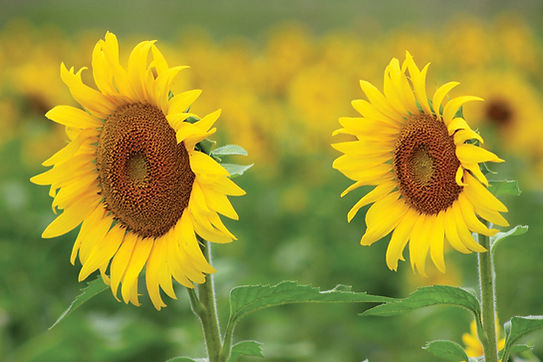
The Fourth Sister
From the Three Sisters garden, the sunflower developed as the fourth plant. Sunflowers protect the corn from being devoured by the birds. Together the Four Sisters celebrate the harmony of nature, abundance, and happiness. Because Native Americans taught the early European settlers about the Sisters, the settlers weathered difficult seasons and conditions to survive.
How the Night Sky Came To Be
Chumash Nation
There was a time when the People were jealous of each other, and greed overtook their hearts. Because of this disrespect to Mother Earth, the Creator threw a blanket high over the land, bringing darkness to those below. This caused the People to pray together to find a way of dealing with the blanket. As they prayed, a little bird appeared in the center of the circle to bring them an idea. Some laughed at the tiny messenger as he spoke of the importance of everyone offering their own special medicine because even the smallest thing was able to bring great gifts. With no other ideas, the People agreed to try the Hummingbird’s plan to launch in a certain way toward the sky: hummer on top of Crow, who stood over Owl with talons gripping Eagle’s head. The trip began as the Eagle flew up with his passengers, going higher than ever before. When Eagle could fly no more, Owl continued until he was tired, then Crow flapped higher still until his wings were coated with ice. Finally, the remaining tiniest bird flew straight up to the blanket. Her beak made pin pricks in the fabric until she fell back to earth and the waiting People below. After that, there were many more such bird trips to the sky, each ending with the Hummingbird piercing the blanket again and again. And this is how the stars came to be. When People saw the points of light shining through the blanket, it gave them hope and they remembered how they used to work together. To keep this reminder, the Creator places the blanket over the land half of each day and the People know the stars are part of the Creator’s plan.
How the Bluebird Got His Color
Pima Nation
Long, long ago, a drab colored bird flew over the land and saw a lake where no river flowed in or out. Because it was a warm day, he stopped to drink and splash in the cool water. The bird stayed in this peaceful place and each morning, he warbled a song to the sky above, “There is blue water. It lies there. I went in. I am all blue.” On the fourth morning, the bird’s feathers fell off to reveal blue-colored skin. The following dawn, as the sun shone down on the creatures of the land, the naked bird dove in once more. When the ripples calmed, he flew up, his plump body showing bright blue feathers, colored like the sky, like the lake. And so, the Bluebirds’ blue feathers remain to this day.
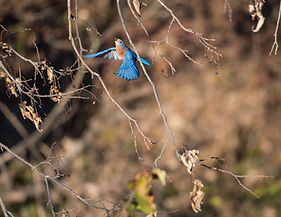
When the Animals Left Lenape Land
Hitakonanulaxk, The Grandfathers Speak
Long ago, all the Animals disappeared from Lenape land. Wind rustled through the tall Grass, Water spilled over the Rocks in the peaceful streams, but no Birds flew in the Sky, no Snakes slithered in the Sun. No one knew where the wildlife had gone. Because the Lenapes depended on hunting for much of their food, the Lenape Chief and a large group of Warriors set out to find the Animals. They eventually found the Animals imprisoned by a group of Giants and guarded by fierce Crows. The Warriors fought valiantly as their adversaries attacked, but eventually tired and asked the Giants for a truce.
When the battle ended, the Lenape Chief was surprised to see none of the Animals moved to escape and asked the Animals, “Why is it that you seem unconcerned with our attempts to release you from your imprisonment? We have gone through much hardship and even death for you, but you don't seem to care."
The leader of the Animals, Chief Elk, stepped forward and said, "You think we are here against our wishes, but we are not. We wish to remain here and we are content. The Giants have treated us better than you ever did.”
Amazed, the Lenape Chief asked, "How is it that we have offended you?"
Chief Elk replied, "You have wasted our flesh; desecrated our forest homes, and our bones; you have dishonored us and yourselves. We can live without you, but you cannot live without us."
The Lenape Chief cried out, "How shall we atone for your grief? How can we make right our wrongs? Tell us!"
Chief Elk spoke again. "Honor and respect our lives, our beings, in life and death. Do what you have failed to do before. Stop doing that which offends our Spirits."
The Lenape Chief promised, and the Giants released the Animals. They followed the Lenapé back to their homeland and ever since the Lenapes always offered tobacco and showed respect when hunting or killing an Animal for food. They never took more than needed and used as much of the Animals’ remains as possible.



